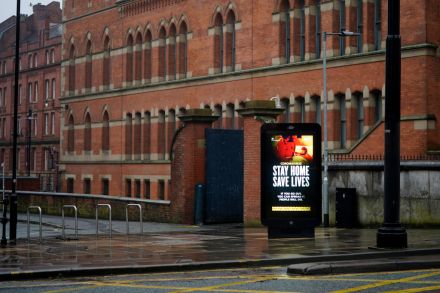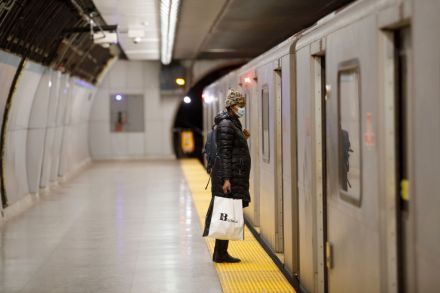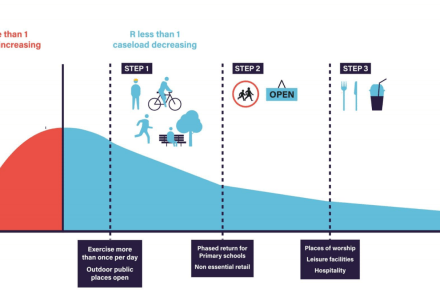Why we should be wary of React’s R-number estimate
It seems that Boris Johnson will not begin to think about lifting lockdown restrictions until we have clear evidence that the latest wave of the virus has almost been defeated. So it was not exactly good news yesterday from Imperial College’s React Covid survey, which suggested that even though we are in lockdown, the R number is still almost at 1 in Britain – meaning the epidemic is barely shrinking. As part of React’s ‘viral opinion poll’ swabs were taken from over 160,000 people in England between 6 and 22 January. And while the researchers rowed back on a claim in their previous report that active infections could be rising





